As Women’s History Month draws to a close, we consider that two decades have passed since Kimberlé Crenshaw coined the term intersectionality. Our guest writer, Kitty Doherty asks why women in minority groups are still kept in the margins.
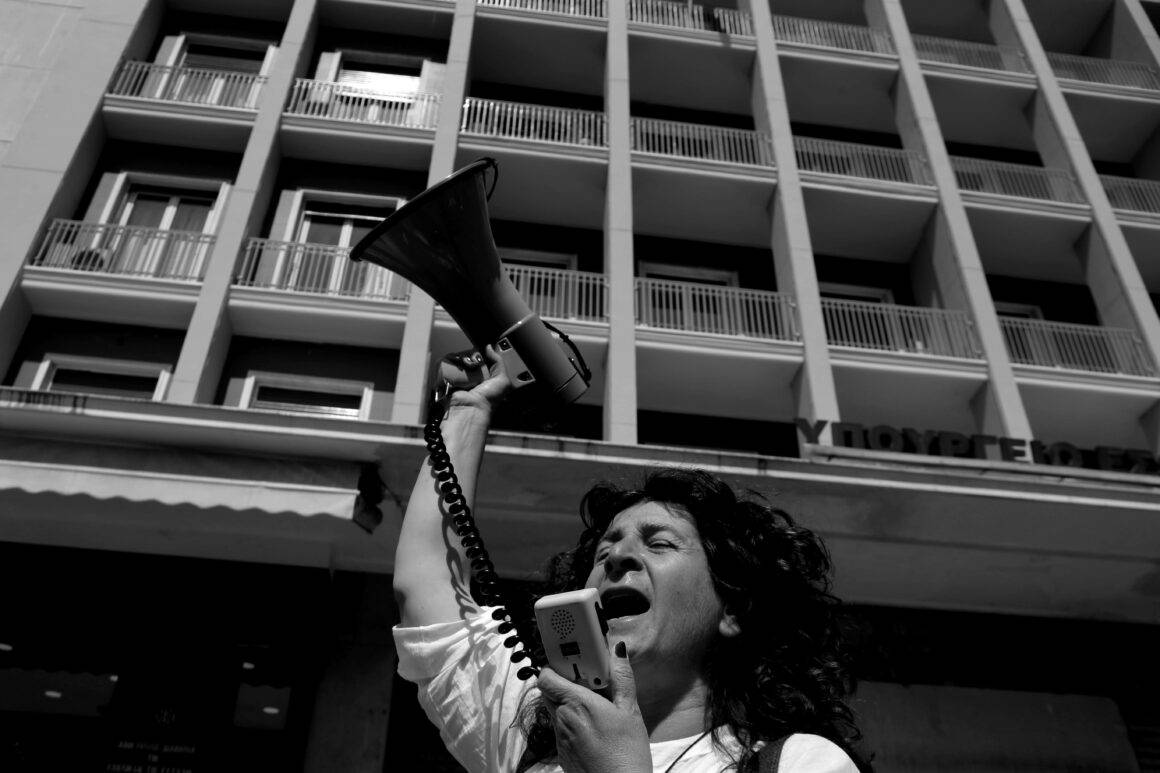
Intersectionality in Feminism: Why the US needs it now more than ever.
Women of color are far more likely to experience police brutality, descrimination in the workplace, and receive inadequate medical care with life-threatening consequences due to their ethnicity. This was sadly evidenced by the killing of Breonna Taylor in 2020 and Serena Williams’s harrowing experience of childbirth in 2018, for example. Trans and queer women are still more likely to be victims of violent crime than their straight or cisgender counterparts, and the rights of women and girls to education and welfare under current dictatorial leadership and conflict zones across the world are in huge danger.
A panel of UN human rights experts, part of Special Procedures of the Human Rights Council, spoke out in response to the detrimental effect the escalating violence in Ukraine is having on women: “History has repeatedly shown that the outbreak of conflict and war increases the exposure of women and girls to war crimes, especially all forms of gender-based violence, arbitrary killings, rape and trafficking.”
They added, “There can be no expectation for any real prospects for de-escalation and search for peace without the participation of women.”

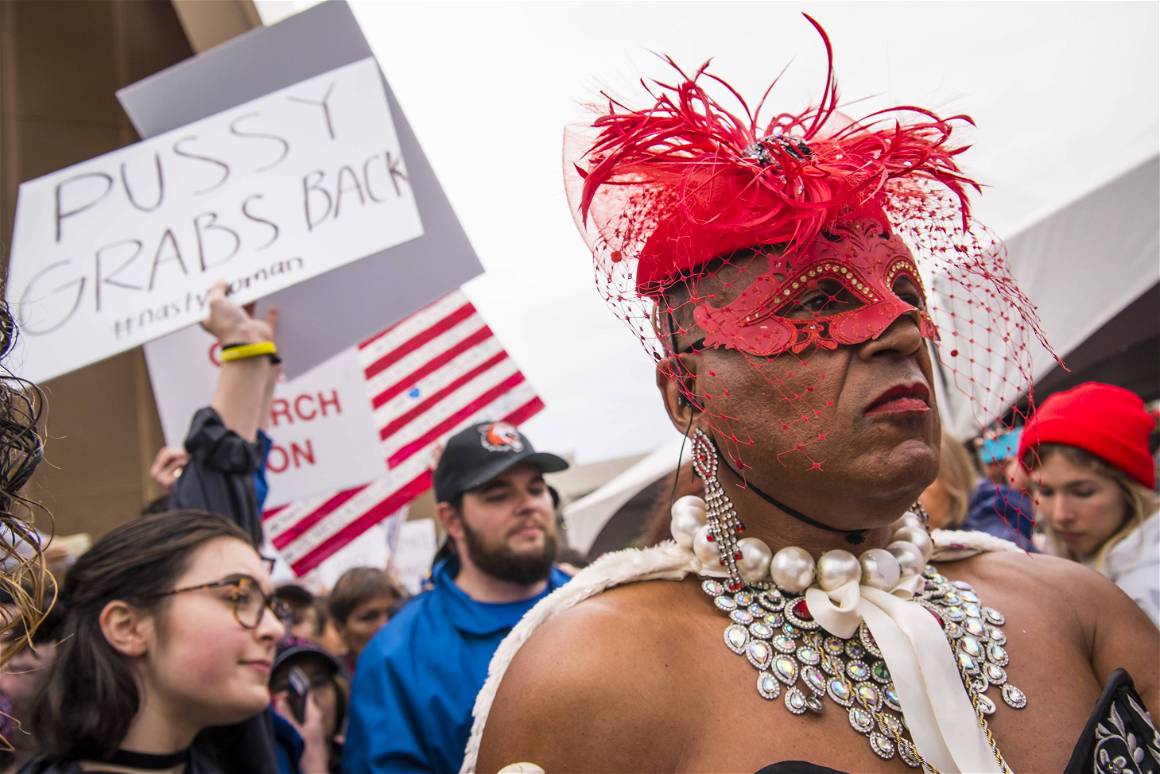

Today, intersectional feminism is synonymous with inclusivity –– acknowledging the complex and sometimes contradictory nature of discrimination. It recognizes the compounding ways people from minority backgrounds are affected by patriarchal systems based on factors like ethnicity, class background, and sexual orientation, and how this disadvantages people from the moment they are born.
Feminism isn’t feminism if it doesn’t fight to liberate all women. Those fighting for intersectionality and against decades of white feminism urge the world to understand that women and gender minorities do not all experience patriarchy in the same way.
Intersectional feminism has gained far-reaching recognition since the 2000s. Despite this, women of color, queer women, trans women, fat women, disabled women, and women from other minority backgrounds are still disproportionately discriminated against and impacted by ongoing issues like COVID-19, environmental degradation, and war.
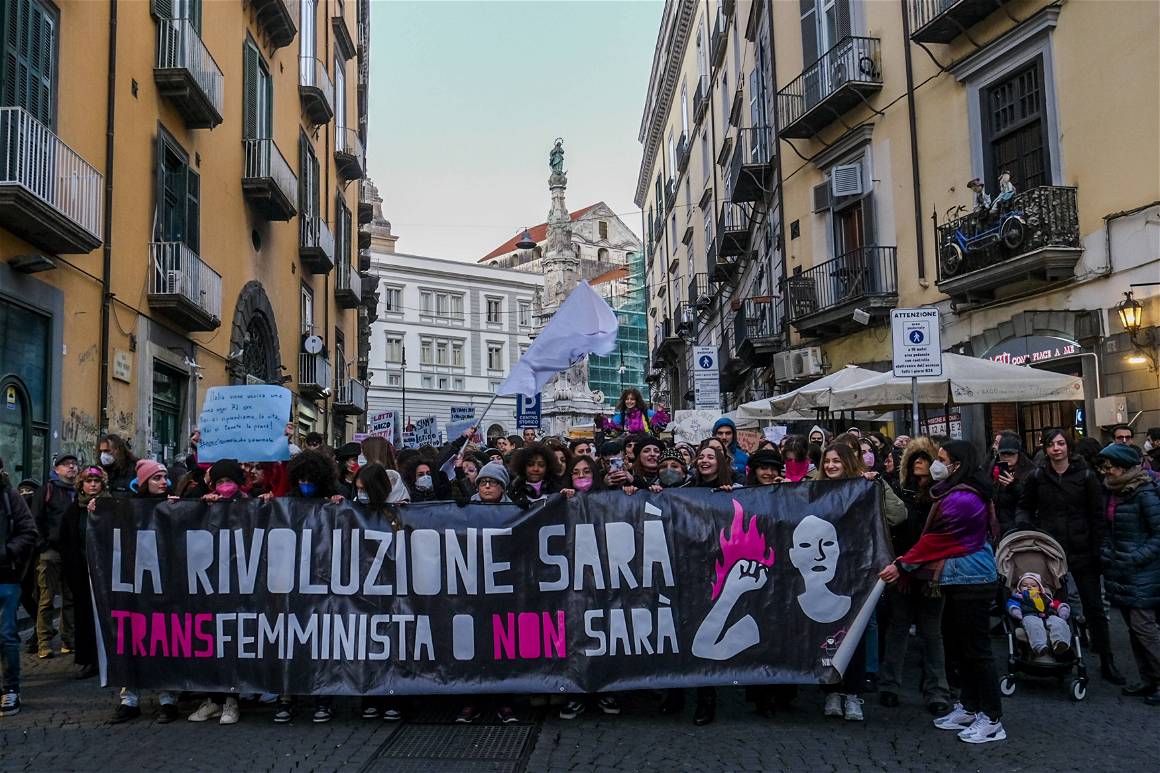
White feminism managed to dominate mainstream feminist strategy for decades, but that doesn’t mean women who weren’t white, heterosexual, and wealthy were silent. Sojourner Truth’s famous 1851 “Ain’t I a Woman?” speech exemplified intersectionality in arguing powerfully for the end of slavery and for the rights of African American women. Less than 20 years after the Seneca Falls Convention, Frances Ellen Watkins Harper, a Black woman, activist, abolitionist, writer, and orator, gave a speech that called out white feminism’s disinterest in the rights of women of color. “I tell you that if there is any class of people who need to be lifted out of their airy nothings and selfishness, it is the white women of America.”
The history of feminism is entwined with the history of colonialism. Inevitably, the intersectionality voiced by Harper and her fellow activists was excluded from popular feminism until its third wave at the end of the 20th century. Fortunately, their influence is beginning to be rightly recognized today.
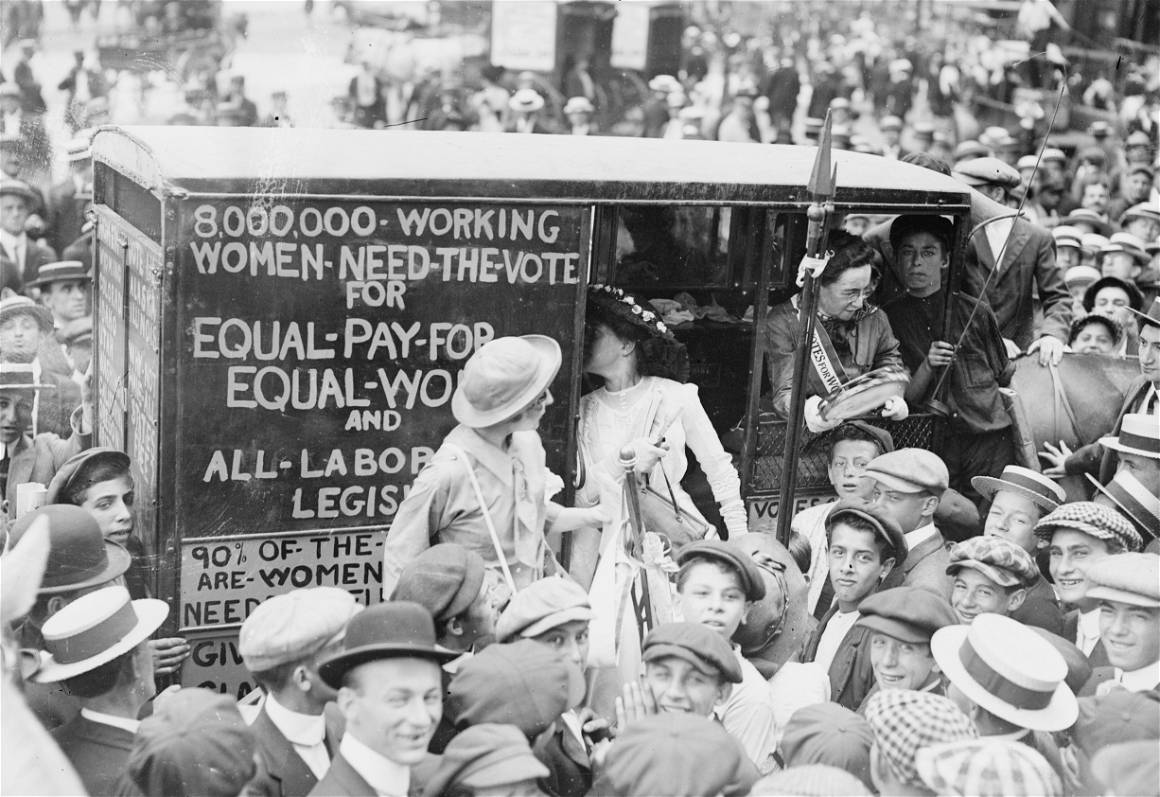
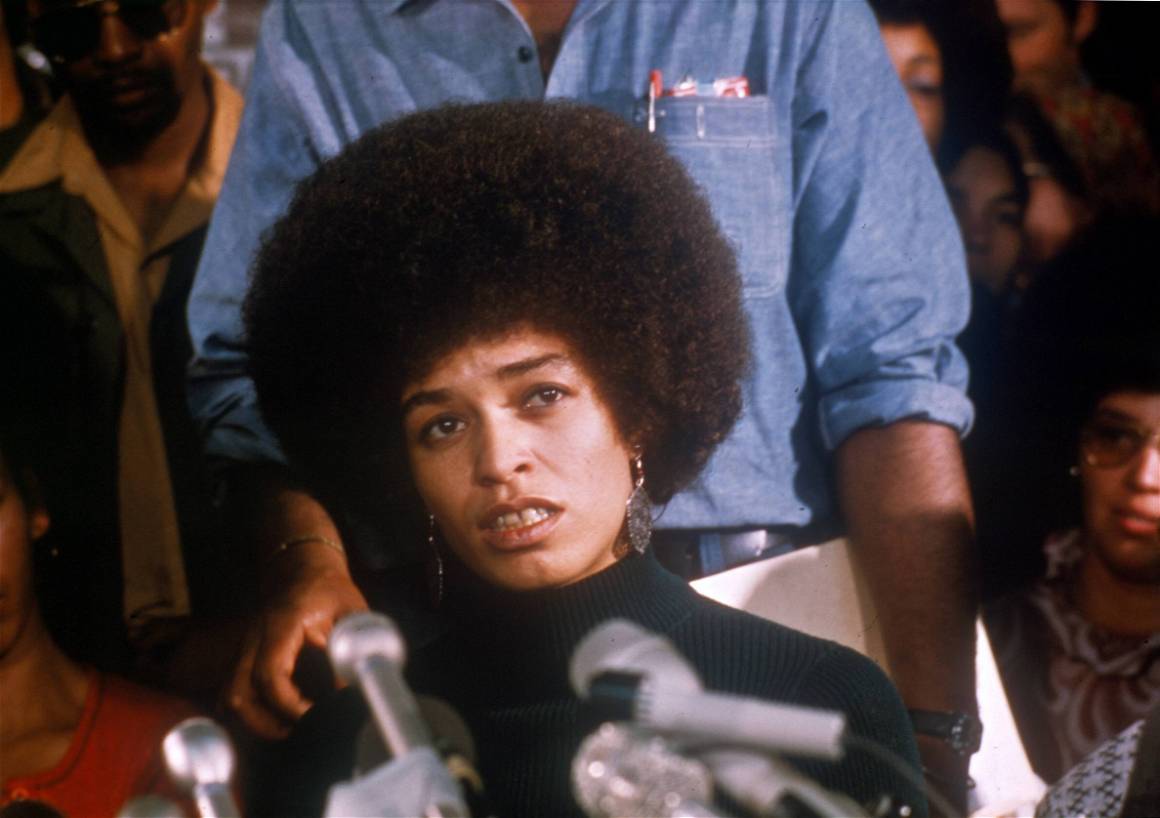
Feminisms’ first wave in the late 19th and early 20th century was preoccupied with political equality between white men and white women. Second-wave feminism’s agenda concentrated on issues like social rights, domesticity, reproductive rights, and equal pay, but white activists still held disproportionate power. Great feats were accomplished, including Roe v Wade in 1973 and the Equal Pay Act of 1963, but many causes important to black women, such as compulsory sterilization of people of color, were left out, and little attention was paid to the unique struggles of marginalized groups.
The theory and ideology of Black feminism gained significant momentum in the latter half of the 20th century but has been around far longer. The now-famous Combahee River Collective was formed by Black women in 1974 and included, among others, Barbara Smith, Beverly Smith, Demita Frazier, and Audre Lorde. They weren’t the first Black women’s rights group but became renowned for drawing forces like capitalism, racism, and homophobia into the feminist fight. As second-wave feminism came to a close in the 1980s, women of color like Gloria E. Anza, Angela Davis, Alice Walker, and Florynce Kennedy’s major intersectional works were widely published and reached academic circles.
Third-wave feminism came not long after Crenshaw coined the term intersectionality, and was the first time intersectional issues were at the forefront of mainstream feminism’s agenda. The 2001 UN World Conference against racism acknowledged the reality of “multiple discrimination”, but intersectionality wasn’t put in the Oxford English Dictionary until 2015 and only gained the attention of media outlets worldwide after the 2017 women’s march.
There is dispute about the existence and nature of fourth-wave feminism (of each wave, in fact), but the distinct character of contemporary feminism – queer, trans-inclusive, environmentally aware, digital, and conscious of the experiences of other marginalized groups – is notable.
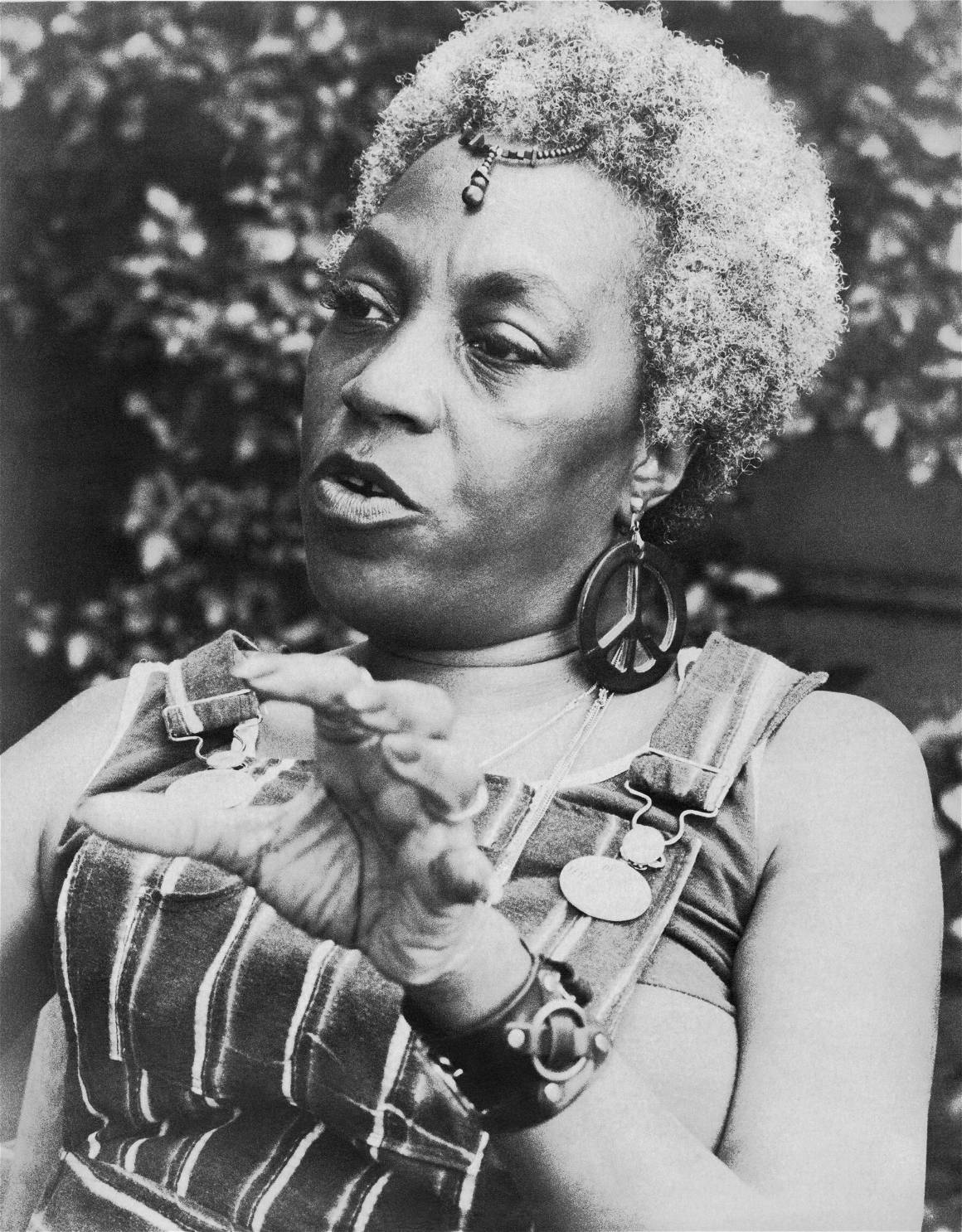
Despite the intersectional spirit of contemporary feminism, the recurrent oppressive treatment and discrimination of women in minority groups, particularly during and post-pandemic, proves we are far from social and political egalitarianism. These women are still overwhelmingly impacted by wage gaps, voting discrimination, racialized gender violence, and labor market segregation, and ignored by popular faux-inclusionary phenomena like “girlbossing”.
It’s widely known that the pandemic regressed efforts toward gender equality, with women bearing the weight of domestic and caregiving responsibilities and unemployment. The World Economic Forum’s 2021 Global Gender Gap Report reported that “as the impact of the COVID-19 pandemic continues to be felt, closing the [global] gender gap has increased by a generation from 99.5 years to 135.6 years.” The fact that this was particularly felt by women of color, migrant women, and women from poorer socio-economic backgrounds is less known. In May 2021, Black women’s unemployment rate was 1.5 times higher than white women, and Latinx women’s 1.6 times higher. Women of colour were also impacted most at the front line of the crisis and so more likely to contract and die from COVID-19.
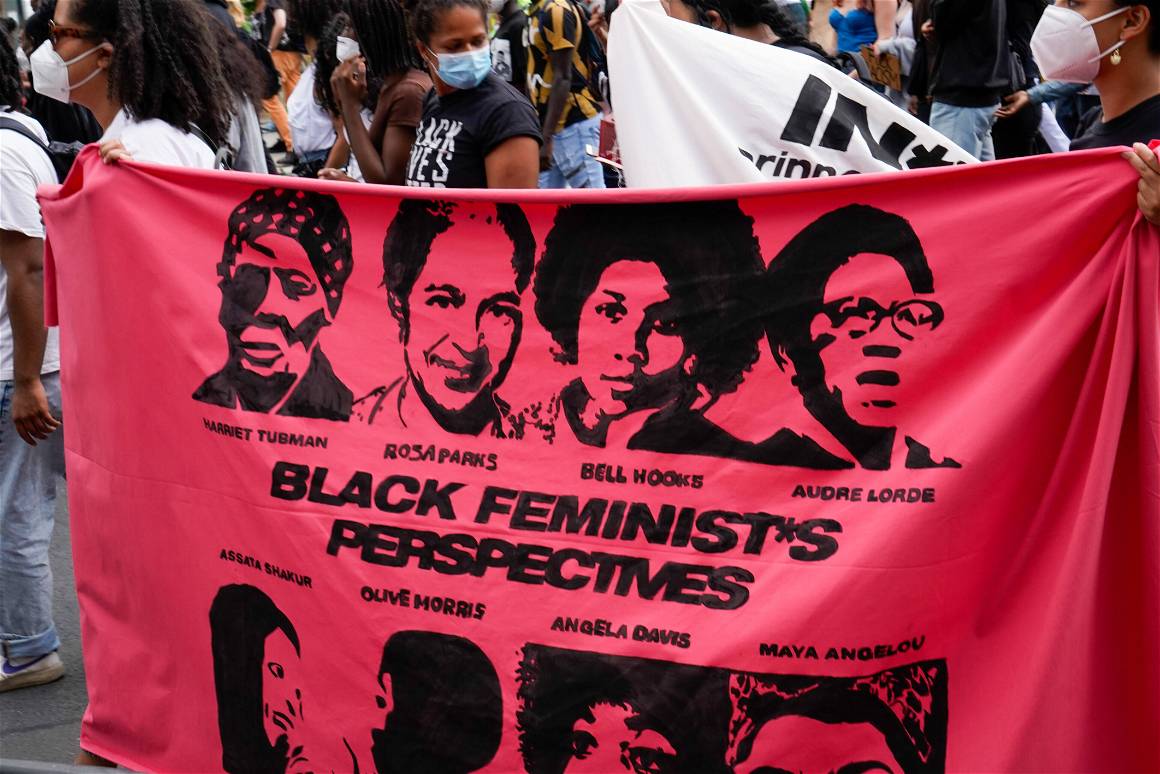
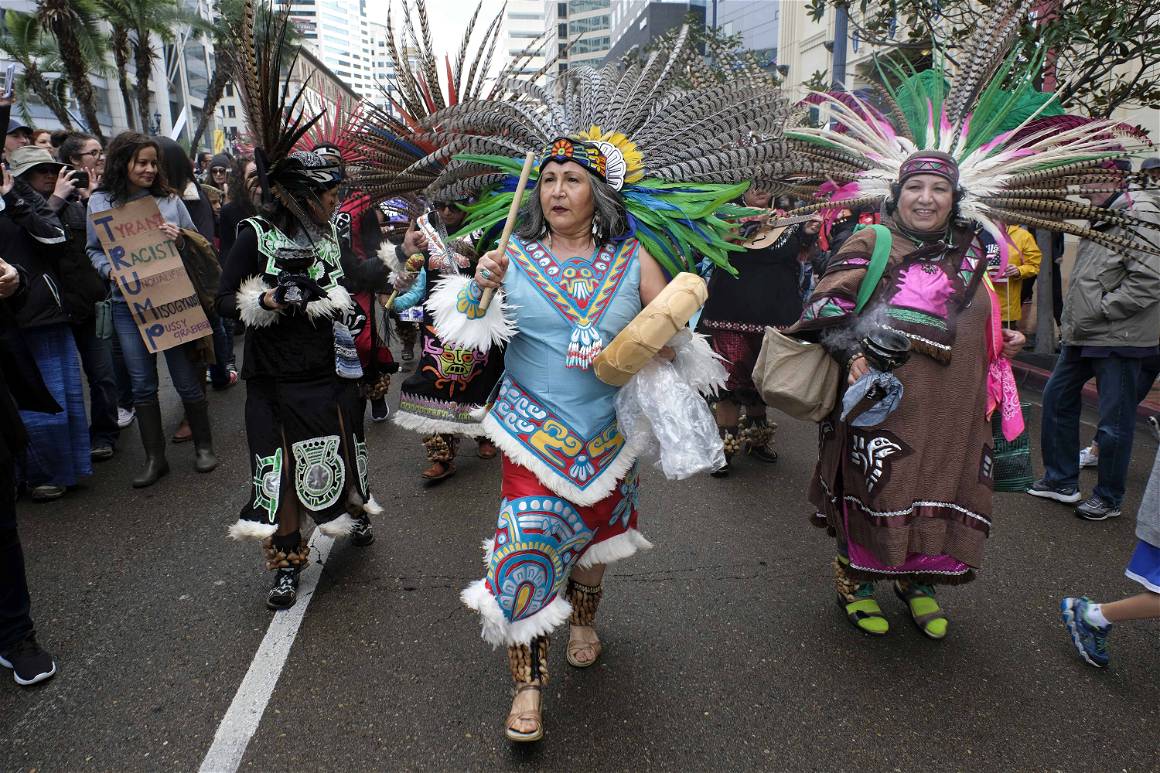
Koa Beck, a vocal critic of the prevalence and toxicity of white feminism, wrote in her book White Feminism: From the Suffragettes to Influencers and Who They Leave Behind “In a time of alleged heightened “feminism” women of color and poor women are being left behind, and yet the trappings that uniquely target us, like poverty, incarceration, police brutality, and immigration, aren’t often quantified as “feminist issues”.
Kristalina Georgieva, Managing Director of the International Monetary Fund, gave a powerful address at a special UN Security Council meeting on women’s economic inclusion on International Women’s Day. “What we do today matters to hundreds of millions of women living in conflict and fragility. It is an opportune time to reflect on the strength and power of women in the face of war and distraction. Tragically, in far too many places, this strength is being relentlessly tested.”
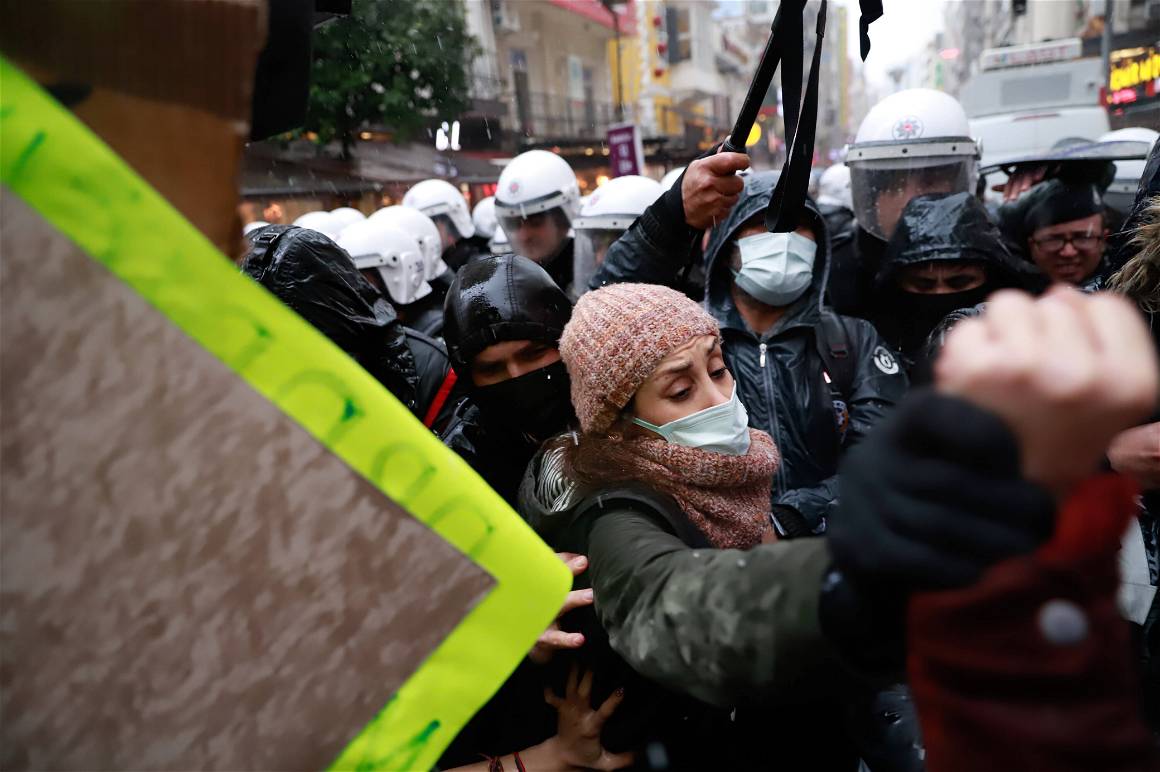
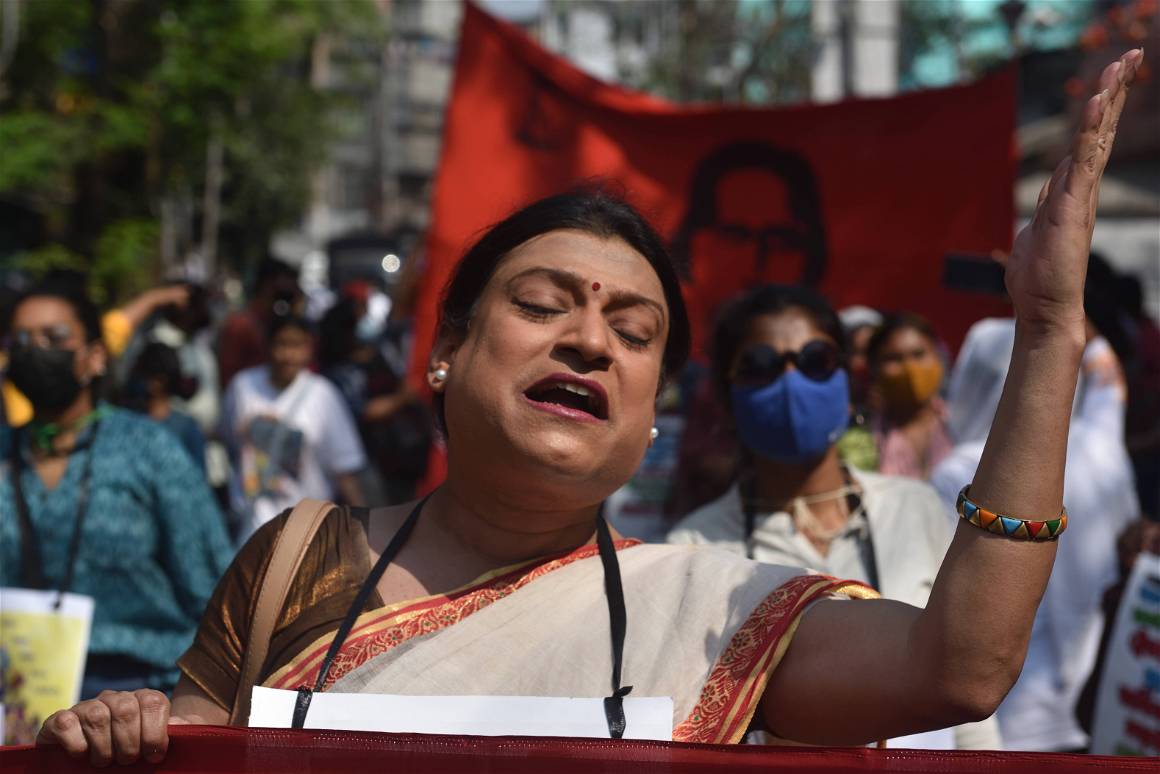
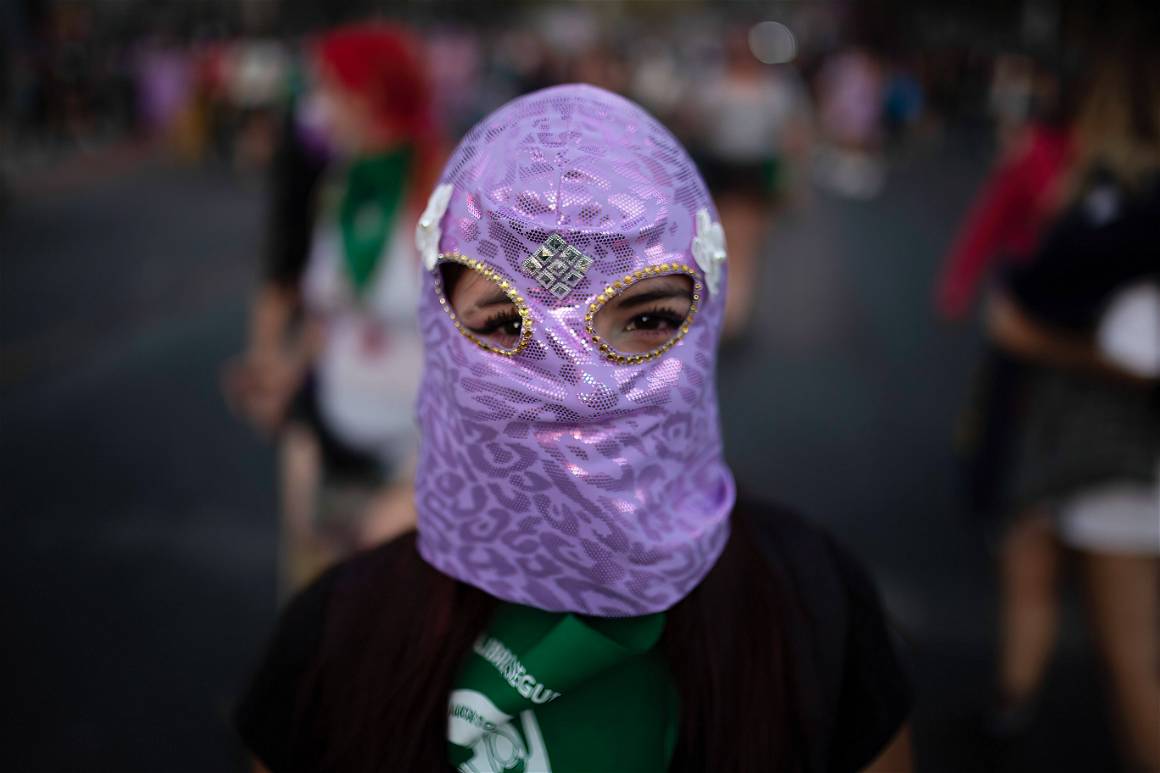
The Deputy Secretary-General of the United Nations, Amina Mohammed, spoke on March 8th at an event held in commemoration of IWD during the Fifth Meeting of the Forum of the Countries of Latin America and the Caribbean on Sustainable Development in Costa Rica. “It is only with women and girls at the center of our efforts that we have our best chance to succeed in addressing our current, and pressing, global challenges – from the climate emergency, to political divisions, to a sustainable recovery from this global pandemic.”
The shape, character, ideology, and very definition of ‘feminism’ is everchanging, but those upholding intersectional feminism know that necessary change can’t happen until we collectively center the needs of the most marginalized, not the most privileged.
In the words of UN Women chief Sima Bahous this IWD, “International Women’s Day is a day for reflection, for renewed hope, and for increased action.”


